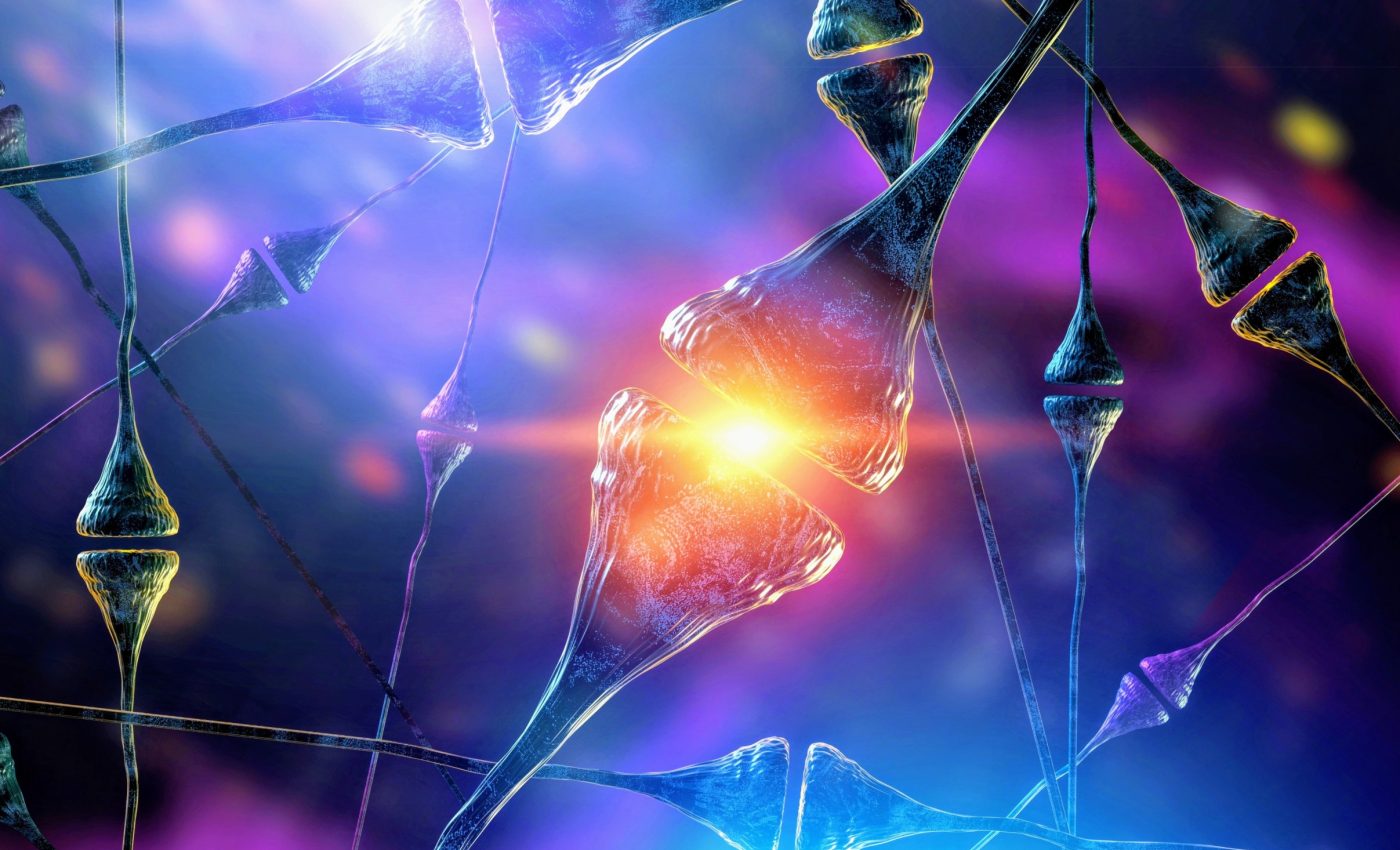
Brain receptor that controls neurons will help us understand autism
Within the intricate wiring of our brain, there is an unsung hero that shapes the behavior of neurons. This microscopic patrolman essentially dictates how neurons respond to external cues. Experts have identified it as the calcium permeable (CP)-AMPA receptor – a subtype of AMPA receptors.
A team of neuroscientists from Johns Hopkins Medicine has discovered that this receptor plays a pivotal role in regulating the selectivity of neurons.
Understanding why some neurons are less “selective” about their response to external cues may provide new insights into conditions such as schizophrenia, epilepsy, and autism.
Lowering selectivity for efficiency
According to the researchers, the CP-AMPA receptor has a unique ability to suppress the selectivity of neurons.
“We’ve discovered that the calcium permeable subtype of AMPA receptors has an added role of suppressing the selectivity of a given neuron,” said study first author Dr. Ingie Hong.
AMPA receptors are crucial in facilitating fast transfer of information and memory formation in the brain. The CP-AMPA receptor, in particular, acts as a “gate” that lowers the selectivity of parvalbumin (PV) neurons.
“Selective neurons will respond to something really specific, for example, your grandfather’s mustache, whereas less selective neurons will respond to different faces or people as well,” said Dr. Hong.
“We’ve been looking for the mechanisms and molecules that control this specificity, or selectivity, and how it goes awry in conditions such as autism and epilepsy, where excitatory neurons can become overstimulated.”
Human mutations and intellectual disability
The research also touches on critical insights into conditions like autism and epilepsy. Mutations within certain subunits of the CP-AMPA receptor, such as GluA2, are associated with intellectual disabilities.
Study senior author Dr. Richard Huganir is a professor in the Solomon H. Snyder Department of Neuroscience who has been studying AMPA receptors for more than 40 years.
“Human mutations in the GluA2 subunit of the AMPA receptors, which regulates the calcium permeability of the receptor, can lead to intellectual disability and autism,” said Dr. Huganir.
This means that maintaining balanced AMPA receptor calcium permeability is paramount for human cognition.
The future of brain receptor research
The next step for the experts is to study other critical molecules that affect cognition. The goal is to advance the search for drug therapy targets in psychiatric disorders with a genetic component. This is a budding field termed as “neurocomputational therapeutics.”
The study’s insights into the functionality of the CP-AMPA receptors and their implications on human cognition and intellectual disorders are far-reaching.
The researchers hope their research can pave the way toward a deeper understanding of the human brain, its intricacies, and the potential to enhance cognitive abilities and treat disorders.
The study represents a milestone in the ongoing scientific quest to unravel the mysteries of the human brain.
Remarkable adaptability of the brain
One of the brain’s most remarkable features is its ability to adapt, a concept known as neuroplasticity. This adaptability allows the brain to reorganize itself by forming new neural connections, particularly in response to learning, experience, and injury.
The CP-AMPA receptors play a crucial role in this process, as they influence the balance between neural excitation and inhibition, directly impacting the brain’s plasticity.
Neuroplasticity is essential for cognitive flexibility – the ability to switch between different tasks or think about multiple concepts simultaneously. By modulating the selectivity of neurons, CP-AMPA receptors help maintain this adaptability.
The less selective a neuron, the broader its response range, enabling faster integration of information. This flexibility is vital for learning and memory formation, both of which are central to everyday cognitive function.
However, when this balance is disrupted, it can contribute to cognitive dysfunctions such as schizophrenia and epilepsy.
Broader implications of the study
As we understand how these receptors control neural adaptability, researchers are uncovering new paths for developing treatments that could enhance neuroplasticity in individuals with cognitive disorders.
These findings not only deepen our understanding of the brain but also offer hope for future therapeutic interventions targeting the brain’s ability to adapt and change.
According to Dr. Hong, the research also has implications for machine learning and artificial intelligence.
“In machine learning, there are many computerized ‘artificial’ neurons that are trained to be very selective or less selective,” said Dr. Hong. “We’re trying to find how specific and less specific units can work together to give us smarter machines and smarter AI.”
The study is published in the journal Nature.
—–
Like what you read? Subscribe to our newsletter for engaging articles, exclusive content, and the latest updates.
Check us out on EarthSnap, a free app brought to you by Eric Ralls and Earth.com.
—–













